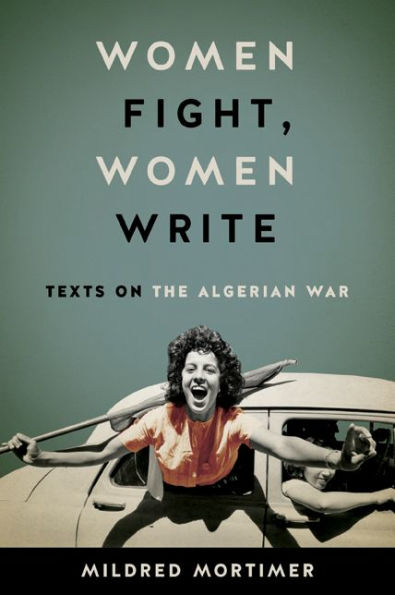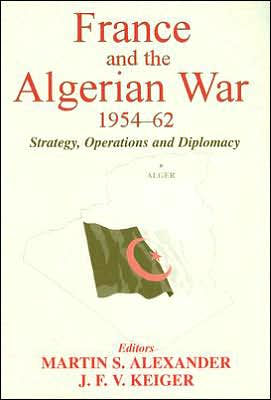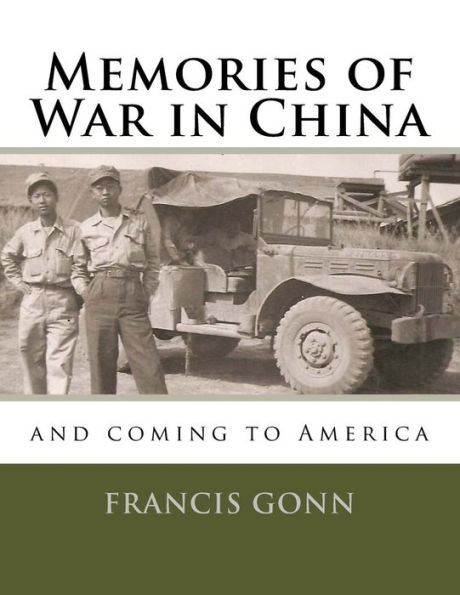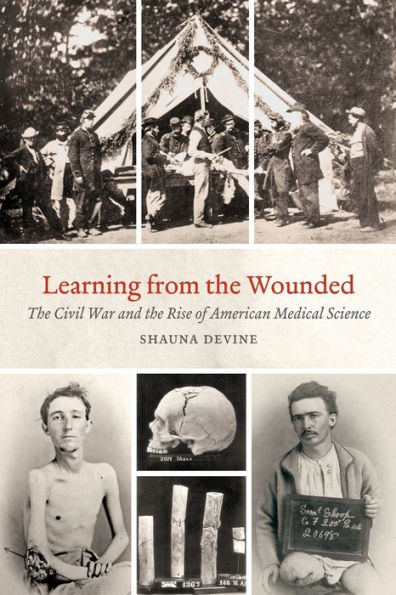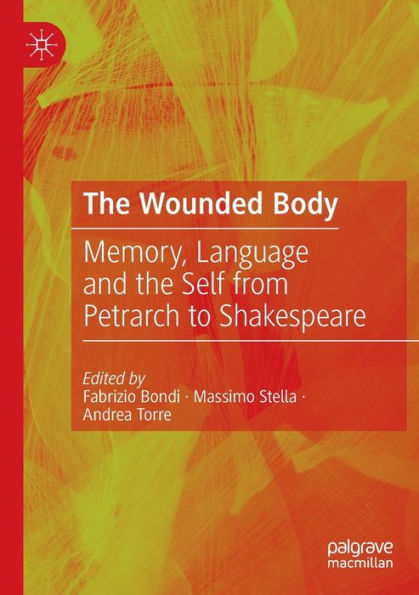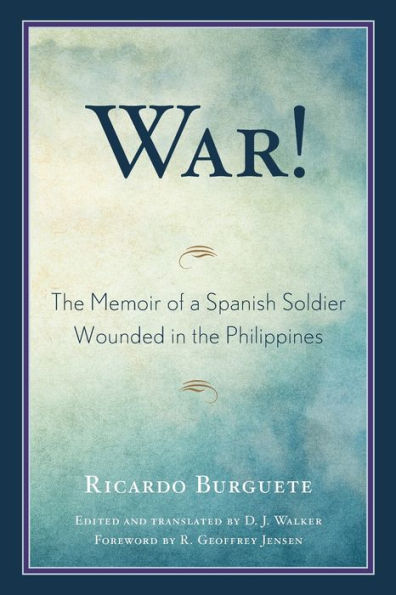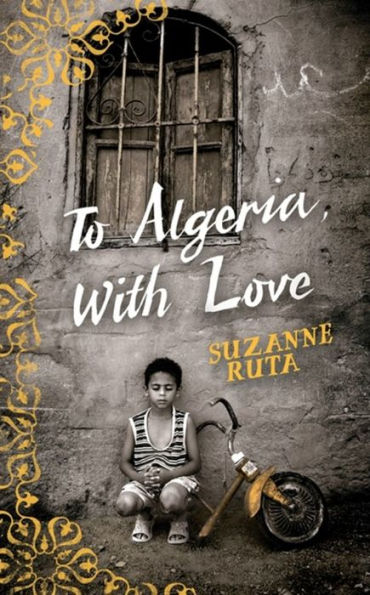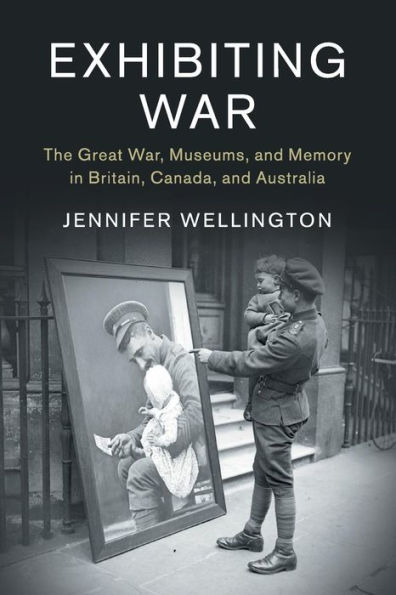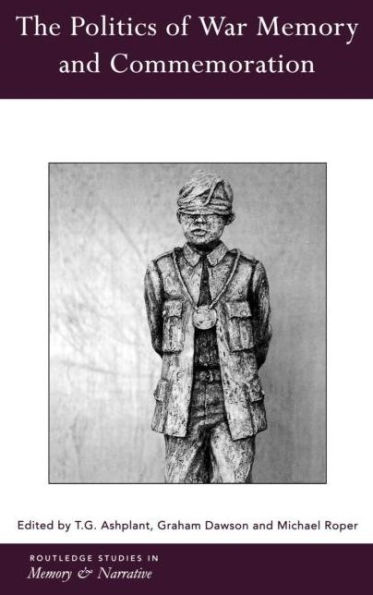Home
Hoarding Memory: Covering the Wounds of Algerian War
Barnes and Noble
Hoarding Memory: Covering the Wounds of Algerian War
Current price: $50.00
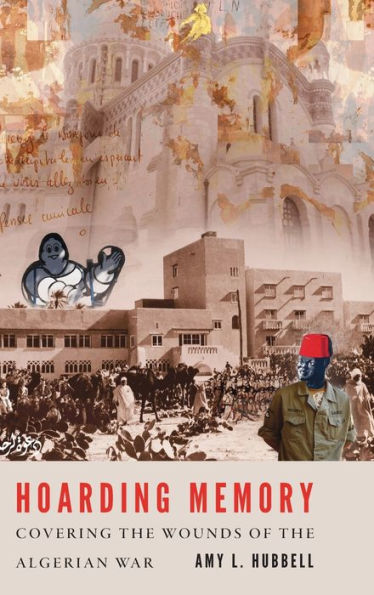

Barnes and Noble
Hoarding Memory: Covering the Wounds of Algerian War
Current price: $50.00
Size: Hardcover
Loading Inventory...
*Product information may vary - to confirm product availability, pricing, shipping and return information please contact Barnes and Noble
Hoarding Memory
looks at the ways the stories of the Algerian War (1954-62) have proliferated among the former French citizens of Algeria. By engaging hoarding as a model, Amy L. Hubbell demonstrates the simultaneously productive and destructive nature of clinging to memory. These memories present massive amounts of material, akin to the stored objects in a hoarder's house. Through analysis of fiction, autobiography, art, and history that extensively use collecting, layering, and repetition to address painful war memories, Hubbell shows trauma can be hidden within its own representation.
dedicates chapters to specific authors and artists who use this hoarding technique: Marie Cardinal, Leïla Sebbar, and Benjamin Stora in writing and Nicole Guiraud and Patrick Altes in art. All were born in Algeria during colonial French rule but in vastly different contexts; each suffered personal or inherited trauma from racism, physical or psychological abuse, terrorist or other violent acts of war, and exile in France. Zineb Sedira's artwork is also included as an example of traumatic memory inherited from her parents.
Ultimately this book shows how traumatic experience can be conveyed in a seemingly open account that is compounded and compacted by the volume of words, images, and other memorial debris that testify to the pain.
Amy L. Hubbell
is a senior lecturer in French at the University of Queensland. She is the author of
Remembering French Algeria: Pieds-Noirs, Identity, and Exile
(Nebraska, 2015) and the coeditor of
Textual and Visual Selves: Photography, Film, and Comic Art in French Autobiography
(Nebraska, 2011).
looks at the ways the stories of the Algerian War (1954-62) have proliferated among the former French citizens of Algeria. By engaging hoarding as a model, Amy L. Hubbell demonstrates the simultaneously productive and destructive nature of clinging to memory. These memories present massive amounts of material, akin to the stored objects in a hoarder's house. Through analysis of fiction, autobiography, art, and history that extensively use collecting, layering, and repetition to address painful war memories, Hubbell shows trauma can be hidden within its own representation.
dedicates chapters to specific authors and artists who use this hoarding technique: Marie Cardinal, Leïla Sebbar, and Benjamin Stora in writing and Nicole Guiraud and Patrick Altes in art. All were born in Algeria during colonial French rule but in vastly different contexts; each suffered personal or inherited trauma from racism, physical or psychological abuse, terrorist or other violent acts of war, and exile in France. Zineb Sedira's artwork is also included as an example of traumatic memory inherited from her parents.
Ultimately this book shows how traumatic experience can be conveyed in a seemingly open account that is compounded and compacted by the volume of words, images, and other memorial debris that testify to the pain.
Amy L. Hubbell
is a senior lecturer in French at the University of Queensland. She is the author of
Remembering French Algeria: Pieds-Noirs, Identity, and Exile
(Nebraska, 2015) and the coeditor of
Textual and Visual Selves: Photography, Film, and Comic Art in French Autobiography
(Nebraska, 2011).
